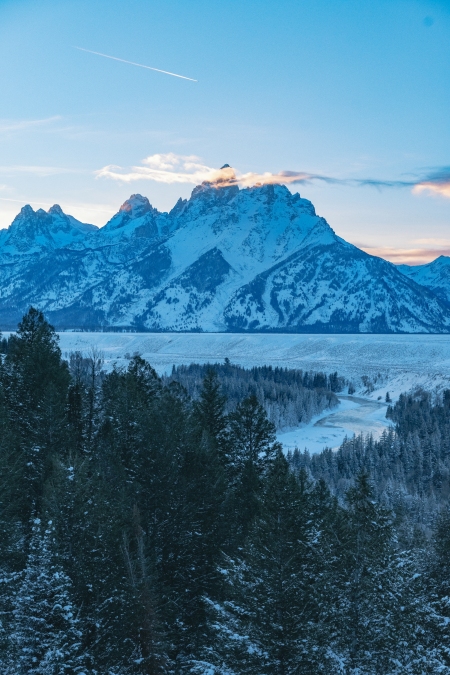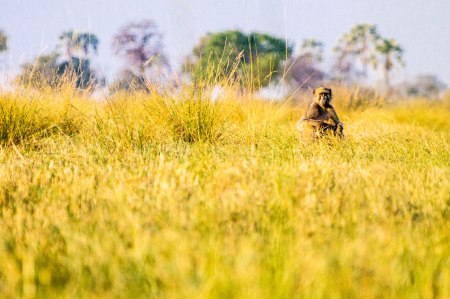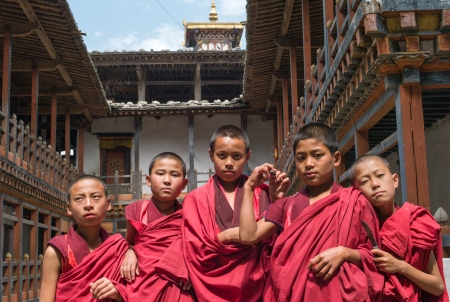 All images Leica Noctilux-M 75mm f/1.25 and Leica SL
All images Leica Noctilux-M 75mm f/1.25 and Leica SL
In 2012, when Leica released the M9 Monochrom and the 50mm APO-Summicron-Asph, the pairing of camera and lens was considered by many, including me, to be a marriage made in Heaven. The combination of the digital CCD sensor and extreme resolving power of that modern lens produced pictures that were unequaled until, in May of 2015, Leica upgraded the Monochrom with a CMOS sensor. Purists complained about the switch from the poetic CCD to the more utilitarian CMOS sensor format, but the big improvement lay in the fact that with CMOS, live-view technology enabled the photographer to use an Electronic Viewfinder, which crude as that first-generation EVF was, enabled images to be captured with a focus precision worthy of the lens.
We also loved using our 50mm Noctilux f/0.95, Leica’s legendary thin focal plane low-light marvel, with the Monochrom. But in 2015, when Leica released the SL, a mirrorless professional camera with an EVF that many believe to be the finest in use with the 35mm format, new possibilities were opened. The SL’s EVF made both the 50mm APO and the 50mm Noctilux incredibly easy to get exactly that shot wide open you’d always dreamed of. We couldn’t imagine a better combination of lens and camera until Leica went and spoiled everything by releasing the 50mm Summilux-SL 50, another low-light marvel that, dammit, made use of the SL’s autofocus. Suddenly, it became the go-to lens for certain images, because the bokeh was really pleasing, the color rendition was marvelous, and the thin focal plane was completely usable with an autofocus that, while initially slow, was incredibly accurate. We thought then, that’s it: there couldn’t be a better combination of camera and lens for stationary images. And then yesterday, my 75 MM Noctilux-M arrived.

Yes, when word that Leica was releasing a lens that had a shorter minimum focal distance than the 50mm Noctilux and, nine years after that version of the Noctilux was released, it also claimed to have a variety of other improvements, we were intrigued but not sold. And then we thought it through. We are fortunate to have both the 50mm APO-Summicron-Asph, that manual focus gem mentioned in the first paragraph, and the SL-50mm Summilux. Why did we actually still need the *50mm* Noctilux? Moreover, if we traded that Nocti in, as well as our 75mm APO-Summicron — a lens we loved but seldom used — we could get within striking distance of the very expensive 75mm Noctilux. And so we traded in our 50mm Noctilux and 75mm APO-Summicron and waited, somewhat impatiently, for the new 75mm Noctilux to arrive.

First impressions of this lens, when used with with the Leica SL, are that it is every bit the match of that 50mm APO-Summicron-Asph and Monochrom combination. And, it makes for the ultimate Noctilux experience because it actualizes the Nocti into what it is supposed to be: the paradigm of selective focus, achievable through actually being able to focus on what you have in mind.
Yes, this is a specialty lens. You won’t use it every day. It is pretty much a one-trick pony. It may not be ideal — given its size and weight — with the M10. But it feels perfectly balanced and not too heavy with the Leica SL. And given that camera’s gorgeous EVF and precision focusing using the magnification button, you can get shots previously only dreamed about with a Noctilux. For example, in the picture below I was focusing on the bird’s eye. You may not be able to see it here, but honest, the bird’s eye is, on my computer screen, captured in pinpoint focus.

Yesterday, I had time only to take the lens out on some errands but it immediately impressed me, in combination with the SL, for how easy it was to get the focus I wanted, as well as for the incredibly gorgeous drop off between the in-focus plane and the out-of-focus area. Below, I focused on the technician’s eyelashes.

I was pleasantly surprised by how little color fringing there was, especially compared to the 50mm Noctilux. Today, when I took it to the National Cathedral, it was a joy to use in bright sunshine, taking advantage of the SL’s electronic shutter. (We can’t wait to get an ND filter to use with this.)

Over emphasis on bokeh is an adolescent vice. You use the Noctilux for special effects. One of the things that makes it so seductive, though, is the way it can be used to to create relatively abstract images in certain situations.



The lens performs as if it had an Apochromatic blending of red, green, and blue colors. But it also seems like it is going to be a very special lens for black and white photos.


We will have to get accustomed to the 75mm focal length, as 50mm or 35mm are our standard. But once we’ve gotten the hang of it, we can see many uses for this special lens.


For Leica users, and especially those who have struggled over the years with getting the image they wanted from their Noctilux in use with digital Ms, trust us when we say that our ratio of images taken where the focus was spot on was like no previous experience we’ve had. The SL EVF, the magnification tool, and the 75 Noctilux work perfectly in combination, even when taking into account the significantly smaller focal plane of the 75 when compared to the 50. (We have read that the focal plane at minimum focal distance is 8cm, compared to the 50’s 20cm. That’s a big difference!)

Nearly six years ago, we thought that Leica had produced the greatest combination of camera and lens, the Platonic ideal. With the Leica SL and the new 75mm Noctilux, we think they have surpassed their prior performance.
NOTE: We have some updated images of the 75 Noctilux in use with the Leica SL here.
 Eleven years ago tomorrow, the very first post of Tulip Frenzy featured a frozen image of the Grand Teton taken from the Snake River Overlook north of the town of Jackson, Wyoming. That first posted picture was taken early in the morning on the day after a snowfall when it was too cold to ski. It was taken with a Leica M8 and, I’m betting, a 50mm Summilux lens.
Eleven years ago tomorrow, the very first post of Tulip Frenzy featured a frozen image of the Grand Teton taken from the Snake River Overlook north of the town of Jackson, Wyoming. That first posted picture was taken early in the morning on the day after a snowfall when it was too cold to ski. It was taken with a Leica M8 and, I’m betting, a 50mm Summilux lens.




 All images Leica Noctilux-M 75mm f/1.25 and Leica SL
All images Leica Noctilux-M 75mm f/1.25 and Leica SL
































